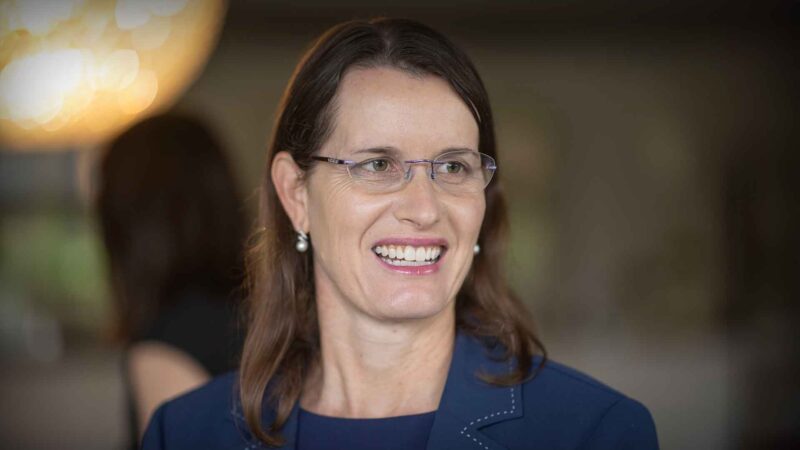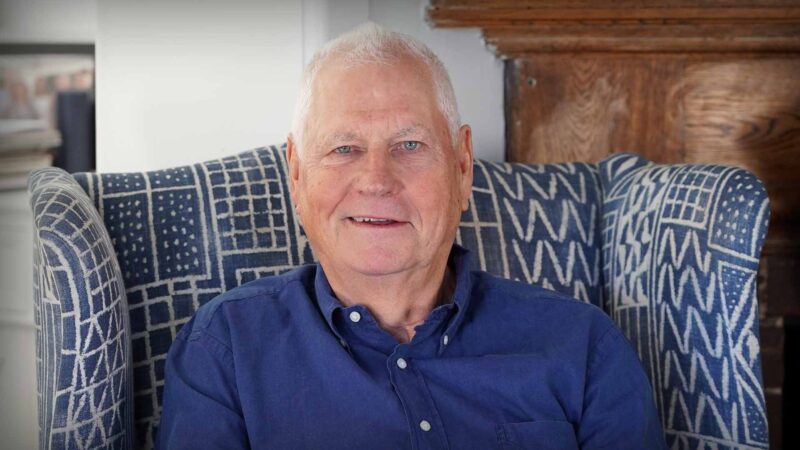PHARMACIST PRESCRIBING MODEL GETS FURTHER SUPPORT FROM STATE HEALTH Training rolls out to support full scope of practice for pharmacists ready and interested
With
Kate Gunthorpe,
Pharmacist Implementation & Change Specialist
TerryWhite Chemmart &
Adjunct Lecturer & Examiner
James Cook University &
Pharmacist Prescriber,
Brisbane Metro, Rural and Regional
Esmond Biesiek-Wright, Pharmacist & Network Partner,
TerryWhite Chemmart Compounding Ainslie (ACT)
EARNED MEDIA SEGMENT
Filmed in Brisbane & Canberra | September 2025
Legislative and regulatory changes following the success of the pharmacist prescriber model in Queensland are continuing with NSW Premier Chris Minns in early September 2025 announcing additional training centres from 2026, making permanent pharmacist treatment for certain dermatological conditions and outlining plans to assess pharmacists prescribing antiviral medications for influenza.
A full scope pharmacist prescriber model allows pharmacists to independently prescribe medicines within their professional competence, without requiring prior doctor authorisation. It extends pharmacists’ role beyond dispensing to include assessment, diagnosis of minor and chronic conditions, initiation and modification of therapy, and ongoing patient monitoring. This model integrates pharmacists into primary care teams, aiming to improve timely access to treatment, reduce pressure on general practitioners, and enhance continuity of care. Pharmacists use their clinical knowledge, patient records, and collaborative pathways to ensure safe prescribing. The model emphasises training, regulation, and accountability to maintain high standards of patient safety.
Pharmacist prescribing plays a crucial role in alleviating the pressure on emergency services and general practitioners, allowing pharmacists to enhance their skills and job satisfaction while welcoming more pharmacy students into the workforce for fulfilling careers. Kate Gunthorpe, an Implementation and Change Specialist at TerryWhite Chemmart and a pharmacist prescriber serving Brisbane and its surrounding areas, points to a pilot program established in Far North Queensland that were the origins of the model. This initiative permitted pharmacists to autonomously prescribe for 22 common acute conditions without the need for GP intervention.
At present, Queensland stands at the forefront of full-scope pharmacist prescribing, with Northern Territory and Western Australia beginning educational programs to support this practice. Other regions, including Victoria, Tasmania, and South Australia, are developing similar programs, while Australian Capital Territory is expected to follow suit shortly in early 2026.
Esmond Biesiek-Wright, a partner pharmacist at TerryWhite Chemmart Compounding Ainslie, spoke to Australian Health Journal. He emphasises the importance of fostering collaboration with GPs, noting a shift from transactional interactions to more collegial relationships, to support the patient needs.
Since beginning her training for pharmacist prescribing through James Cook University, Kate is dedicated to ensuring her community benefits from these advancements and is optimistic about the future of pharmacist prescribing across Australia, promoting better health outcomes for all.
Source: Written by AUDIENCED
You Might also like
-
HIGHLIGHTS Consumers and communities as agents of health care change and improvement
Policymakers, health administrators and clinicians must learn and embrace new ways to harness the transformative role consumers, community members and carers can play. Conversely, consumers and communities need support, capability and capacity to engage as equals in policy, research, program and service design. This is necessary if are to be less technocratic and realise the vision where all members of society can live the best life possible.
-
How I Became an Emergency Physician
Dr Kim Hansen was initially attracted to emergency medicine because of its dynamic and chaotic environment. She enjoyed organising the chaos of the emergency department and working with a variety of patients, from newborn babies to centenarians. Dr Hansen found it fulfilling to help people get better or provide them with assistance and guidance when they couldn’t be cured. The unpredictability of the work was also part of the appeal, and she dedicated herself to developing the skills required to be a good emergency doctor.
-
Jamie Stanistreet talks Medical Technology
Jamie Stanistreet
Retired Managing Director Medtronic Australia and New Zealand
talks Medical Technology in Australia and the Asia-Pacific



